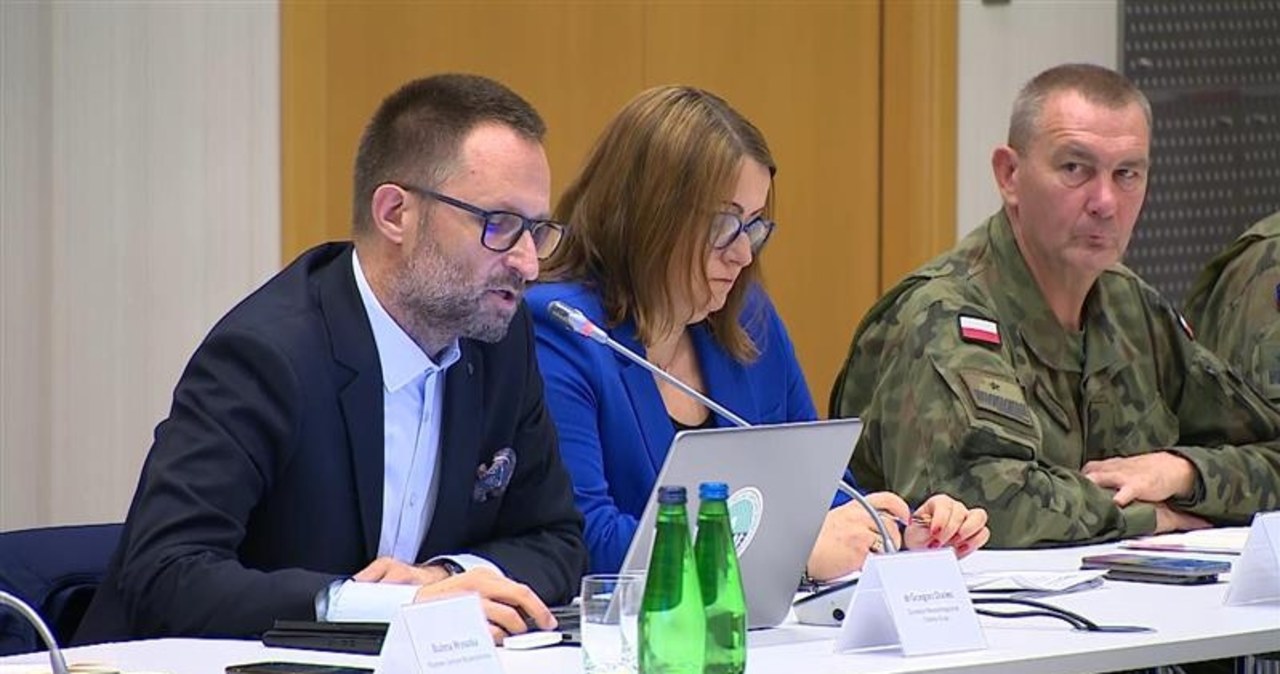Incidents of people being trapped in railway station lifts for more than 75 minutes have nearly doubled in two years, new figures show. Some 125 such incidents were recorded in the 12 months to the end of March, compared with 67 in 2022/23, analysis of Office of Rail and Road (ORR) data by the PA news agency found.
Disabled people's charity Transport for All described being stuck in a lift as a "terrifying experience" and called for Network Rail to be "accountable for their failures". Many passengers - such as those with disabilities, pushchairs or bulky luggage - are advised to use lifts at stations where available rather than stairs or escalators because of the risk of falls.
Response times increase significantly
Average response times to lift entrapments increased from 44 minutes in 2022/23 to 51 minutes two years later. Over the same period, the number of incidents of people being trapped in lifts for all durations rose from 573 to 712.
Lift faults have also become more common, jumping from 8,233 in 2022/23 to 9,587 in 2024/25. The statistics relate to stations owned by Network Rail, which is the vast majority in Britain.
Charity demands accountability
Cat Whitehouse, head of communications and engagement at Transport for All, said: "Lifts at stations give us the freedom to get around safely, they're essential for many of us, as disabled people. Network Rail has failed in their duty to maintain lifts, harming and even trapping thousands of disabled passengers - a terrifying experience for anyone."
She added: "The Office of Rail and Road must hold Network Rail accountable for their failures, so we can all trust that we're safe on our railways." A spokesperson for lobby group Campaign for Family-Friendly Trains said: "Being stuck in a lift with your child or baby is a nightmare scenario."
Parents face additional stress
The spokesperson continued: "It's even more stressful if your child is hungry, tired or needs a nappy change. Broken lifts are a source of huge stress for parents - often women - solo travelling with young children, resulting in dangerous manoeuvres with a buggy down stairs or relying on the kindness of passing strangers for assistance."
Nearly two out of three (6,053) recorded incidents of lift faults in the year to the end of March were attributed to "wear and tear". Some 2,200 were blamed on "misuse and vandalism", while 1,334 were because of a problem that was "external to the lift system".
New lifts installed
There were 1,351 lifts at 515 stations at the end of March, an increase of 59 lifts from a year earlier. Among the stations fitted with new lifts in 2024/25 were Anniesland, Glasgow; Hartlepool, County Durham; Ludlow, Shropshire; Theale, Berkshire; and London Bridge.
An ORR spokesperson said it will closely monitor Network Rail's progress in delivering measures set out in an improvement plan. He added: "The rise in serious incidents, including people being trapped in lifts for extended periods, shows that urgent action is needed."
Network Rail responds
A Network Rail spokesperson said it has "overhauled" its maintenance and inspection contracts for lifts, and invested £3 million in the year to April to "target some of our worst-performing lifts". She went on: "On average, our lifts are available 98% of the time, but we know that's not always the experience for those who depend on them - and that's not good enough."
The spokesperson added: "If a lift breaks down with someone inside, our priority is to understand any specific needs, keep them informed, and support them in continuing their journey. We'll be speaking directly to Transport for All to take on board any feedback that can help us improve further."
London Fire Brigade figures show there is a general increase in the number of people being trapped in lifts. The brigade responded to 6,670 incidents in the year to the end of May, up eight per cent from 6,165 in the previous 12 months.
(PA) Note: This article has been edited with the help of Artificial Intelligence.

 7 godzin temu
7 godzin temu














